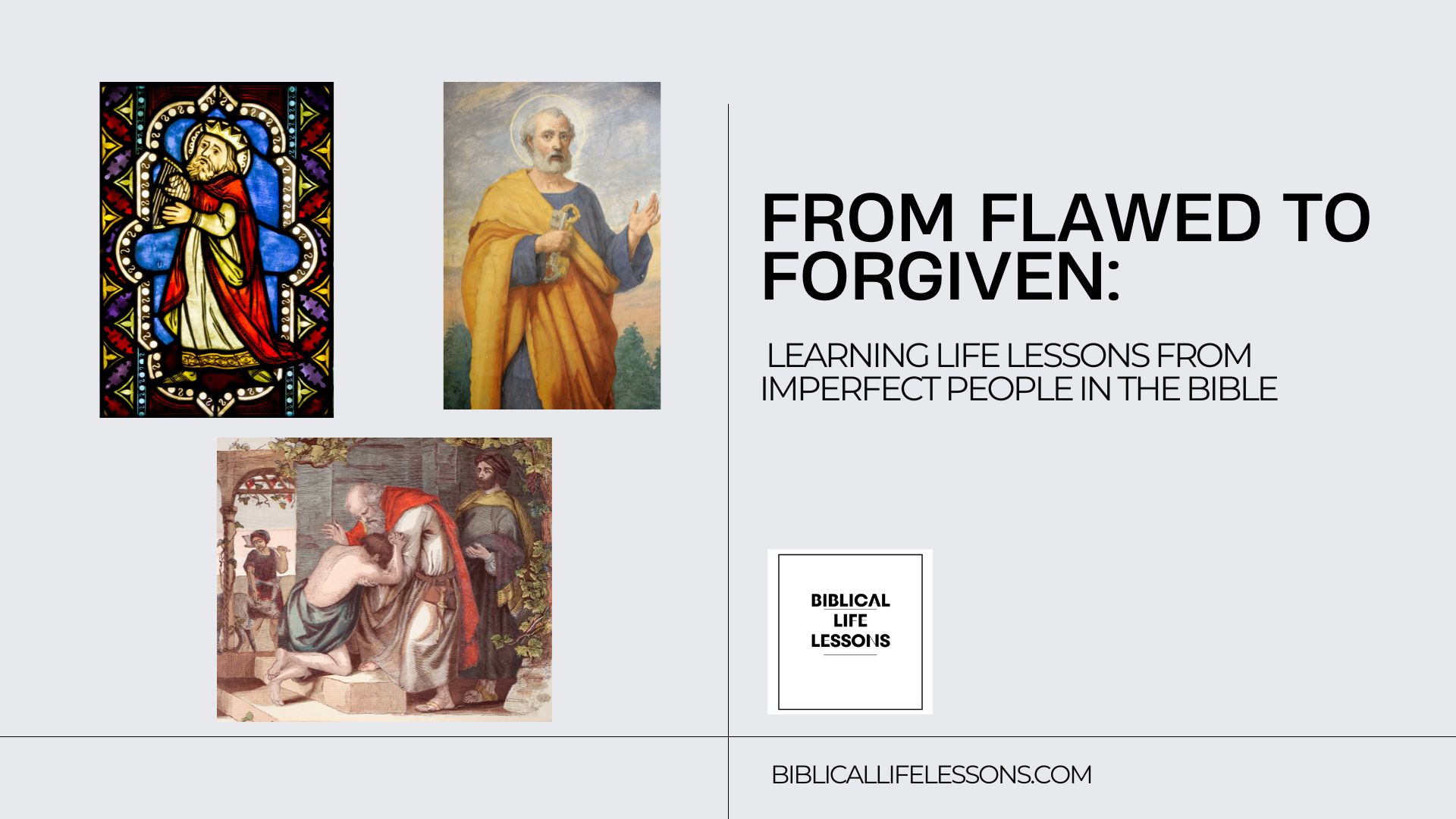In the biblical account of Naaman, a courageous commander grappling with leprosy, we uncover profound lessons about faith, humility, and healing. This article delves into Naaman’s narrative, weaving together his journey with the timeless truths that guide spiritual growth and transformation.
The Great Commander’s Affliction
Naaman, renowned for his valor as a commander in the Syrian army, faced a daunting adversary—leprosy. This affliction not only challenged his physical well-being but also tested his identity and resolve. Despite his military prowess, Naaman confronted a foe he could not conquer through his strength alone.
A Humble Path to Healing
Desperate for a cure, Naaman embarked on a journey to Israel upon hearing of the prophet Elisha’s extraordinary reputation. Yet, his expectations were met with an unexpected prescription: to immerse himself seven times in the Jordan River. Initially hesitant, Naaman’s servants encouraged him to embrace humility and obedience, leading to his ultimate submission to Elisha’s divine guidance.
“So he went down and dipped himself in the Jordan seven times, as the man of God had told him, and his flesh was restored and became clean like that of a young boy.” (2 Kings 5:14, NIV)
The Waters of Transformation
As Naaman humbled himself and immersed in the Jordan’s waters, a miraculous transformation occurred. His skin was restored, his leprosy eradicated. This physical restoration mirrored a deeper metamorphosis—a healing of his heart and soul. Naaman’s encounter with divine power showcased the inseparable link between faith, obedience, and divine intervention.
Lessons for Modern Seekers
The tale of Naaman echoes across time, resonating with contemporary hearts and spirits:
1. Humility and Obedience
Naaman’s journey illuminates the significance of humility and obedience. His willingness to embrace Elisha’s unconventional directive underscores the importance of surrendering our preconceived notions. In doing so, we open ourselves to divine intervention and spiritual renewal.
2. Faith in the Unseen
Naaman’s expedition demanded faith in the unseen. He trusted in the potential of the Jordan’s waters to restore him. Similarly, modern seekers are called to cultivate faith beyond the visible, trusting in the boundless power of the divine.
3. Healing of the Heart
Naaman’s physical healing served as a symbol of inner transformation. His story teaches that genuine healing encompasses emotional, mental, and spiritual dimensions. Just as his skin was restored, our hearts can also find restoration through faith.
4. Guidance through Intermediaries
Naaman’s journey underscores the role of intermediaries—like Elisha and his servants—in facilitating encounters with divine power. This highlights the importance of seeking spiritual mentors and guides to navigate our own quests for transformation.
The Legacy of Naaman
Naaman’s journey left an indelible imprint on his life and the lives around him. His narrative became a testament to the boundless compassion of God, offering solace to those burdened by affliction and inspiring them to embark on paths of faith and humility.
The story of Naaman transcends time and culture, delivering messages of faith, humility, and healing to generations. Through Naaman’s journey, seekers discover the transformative power of embracing humility, heeding divine guidance, and exercising faith in the face of challenges. As we reflect on Naaman’s legacy, we are reminded that our own journeys of faith and healing can be illuminated by his example. Just as Naaman emerged from the waters healed and renewed, modern seekers can find their own spiritual restoration through faith, humility, and a willingness to embark on a transformative journey toward the divine.











